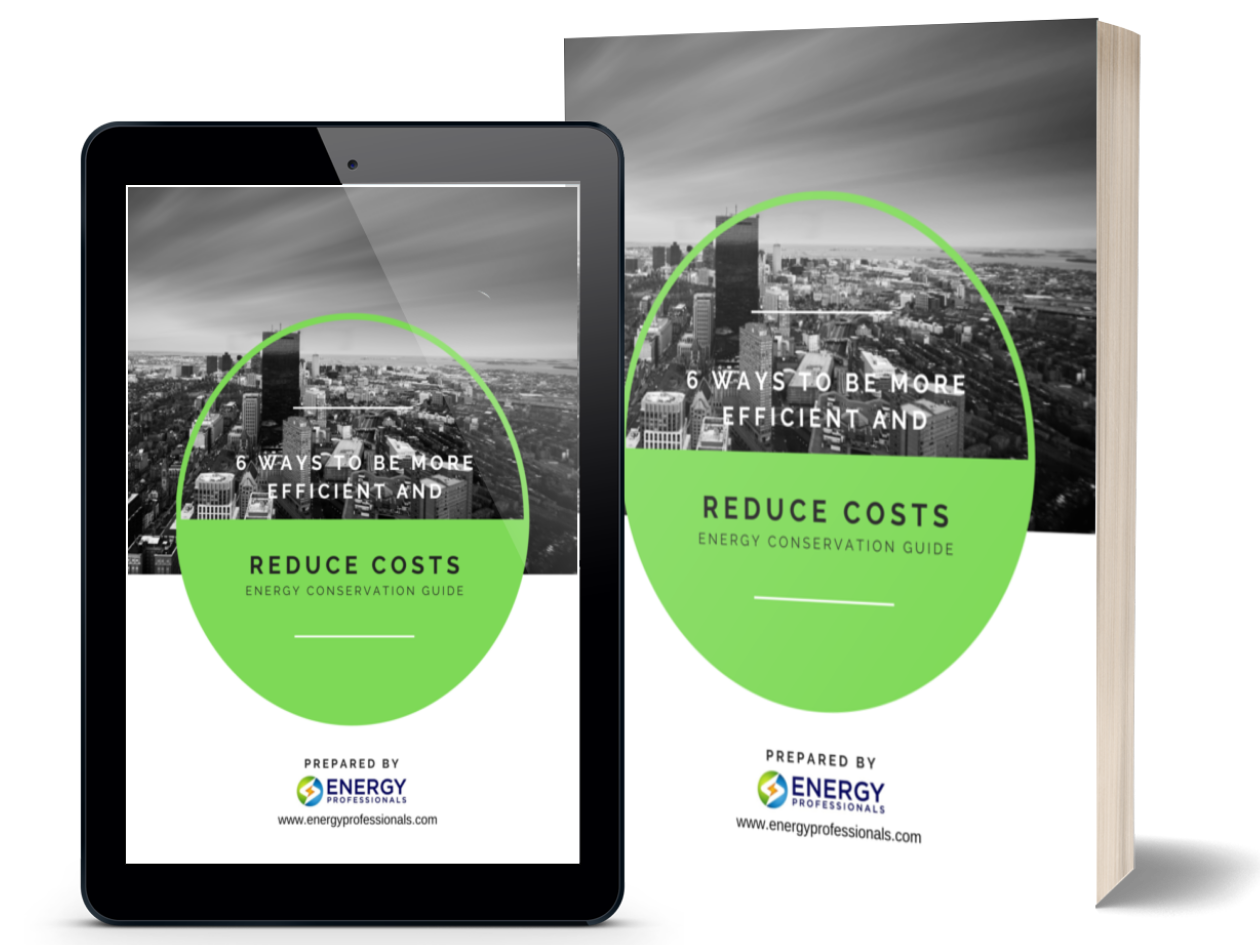What’s All The Smoke About?
CO2, Pollution, Why Worry? If you’ve been watching the news or surfed YouTube lately; you’ve undoubtedly seen a lot of

CO2, Pollution, Why Worry? If you’ve been watching the news or surfed YouTube lately; you’ve undoubtedly seen a lot of
If you’ve been watching the news or surfed YouTube lately; you’ve undoubtedly seen a lot of coverage regarding the negative impacts of CO2, concerns over increasing air pollution, replacing coal plants with renewable energy solutions and you may have notices entire states and even countries setting long term sustainability goals through renewable portfolio standards.
Whether you agree that global warming and climate change are real issues or not; there’s no avoiding the fact that a lot of pollution can’t possible be good for our environment and it definitely can’t be good for our bodies.
While there are various takes on whether or not it’s a real thing, Global Warming refers to the steady rise of recorded global temperatures over the past fifty years, which scientific studies show are negatively impacting our planets eco-system.
Carbon dioxide (aka CO2) and pollution created traps radiation collect in the atmosphere and absorb sunlight and solar radiation that when trapped causes the planet to get hotter. That’s what’s known as the “greenhouse effect“.
Our biggest sources of pollution:
In the United States, the burning of fossil fuels to make electricity is the largest source of pollution that contributes to global warming, producing about two billion tons of CO2 every year. Coal-burning power plants being, by far, the biggest polluters.
The country’s second-largest source of carbon pollution is the transportation sector, which generates about 1.7 billion tons of CO2 emissions a year.
While the concept of global warming speaks about the greenhouse effect, it’s not in fact a greenhouse. Scientists concerned with global warming state that it may have the following negative effects on the U.S:
Melting glaciers, early snowmelt, and severe droughts will cause more dramatic water shortages and increase the risk of wildfires in the American West.
Rising sea levels will lead to coastal flooding on the Eastern Seaboard, especially in Florida, and in other areas such as the Gulf of Mexico.
Forests, farms, and cities will face troublesome new pests, heat waves, heavy downpours, and increased flooding. All those factors will damage or destroy agriculture and fisheries.
Disruption of habitats such as coral reefs and Alpine meadows could drive many plant and animal species to extinction.
Allergies, asthma, and infectious disease outbreaks will become more common due to increased growth of pollen-producing ragweed, higher levels of air pollution, and the spread of conditions favorable to pathogens and mosquitoes.
It’s all about reducing your carbon footprint, how much energy are you using, how much fuel are you using, where is it sourced from and various renewable energy solutions that can help you create less harmful emissions. Find out more about your carbon footprint by reading additional articles.


Don't have one? You can get one by calling us at 855-4-PKIOSK.
Energy Professionals is committed to finding its customers the best possible rates on electricity and natural gas. Tell us your location and service type and our energy manager will connect you to the most competitive offers.
Switching to an alternate supplier is easy. There is no chance of service disruption, and you'll continue with your current utility for energy delivery and emergency service. Take a few minutes to discover your best offers, and enjoy the benefits of retail energy in your home or business.
1. Energy Type
2. Service Type
3. Zip Code
4.Local Company
5.Zone
We believe that knowledge is power. Here’s a free e-book that provides business solutions to reducing energy costs.
Download E-Book Free Energy Audit




